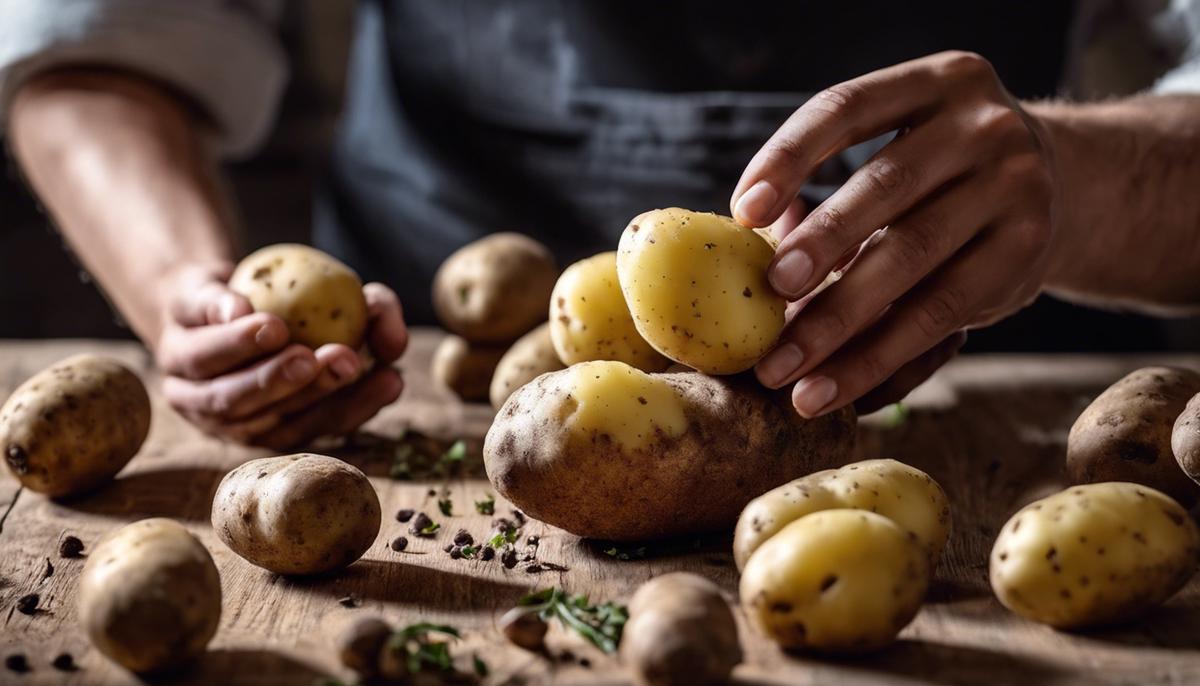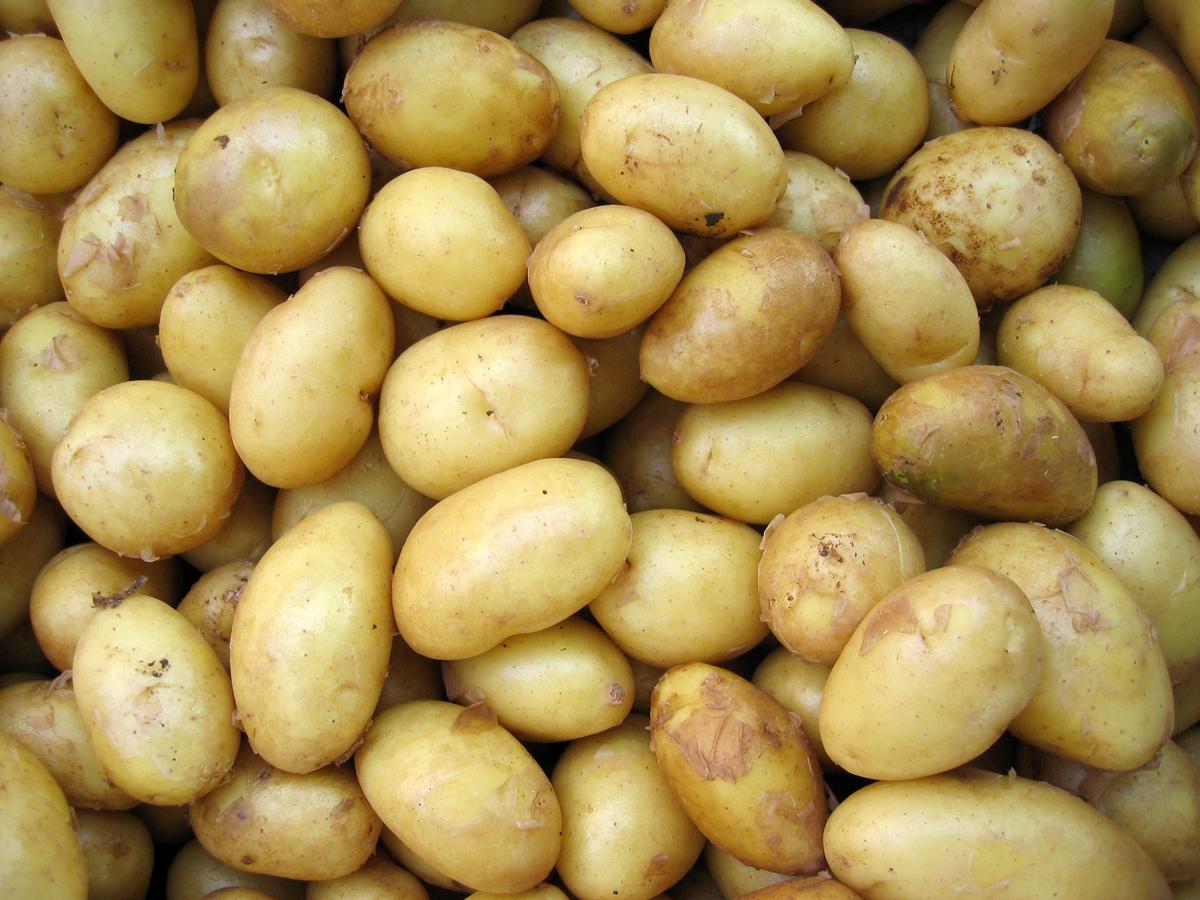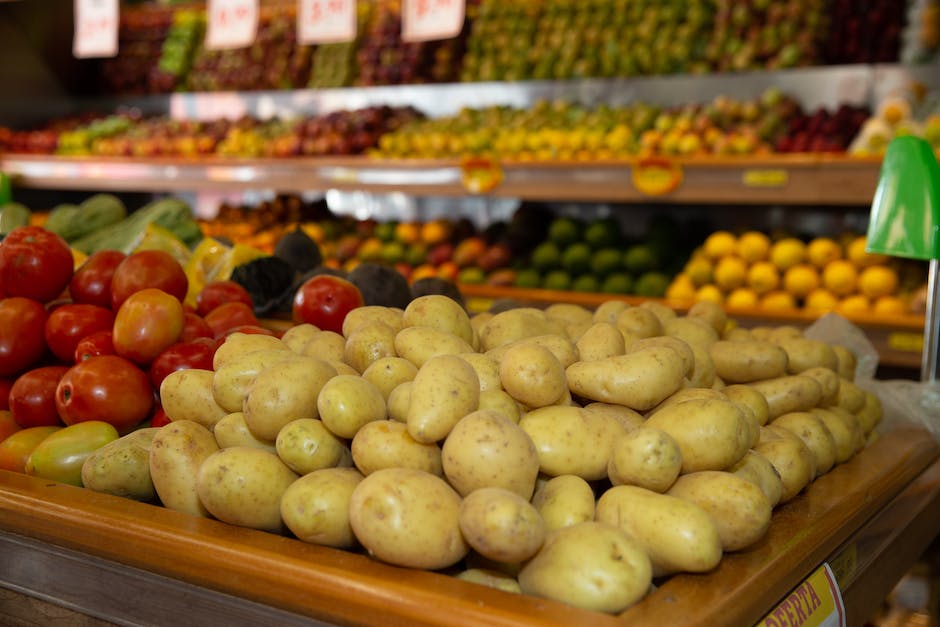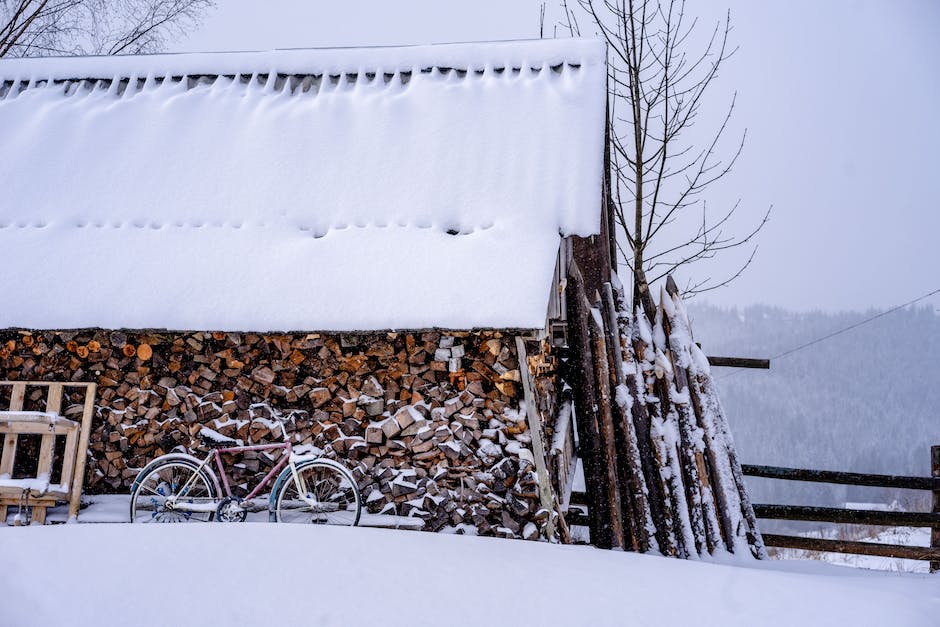Winter-Ready: Guide to Storing Potatoes

Preparing for the frosty winter months doesn’t only mean bundling up in warm clothes, but also keeping food supplies ready at home. Among those, potatoes, versatile and enduring, make an excellent option for winter storage. In our exploration of effective potato storage techniques, we’ll first attempt to understand the ideal selection and cleaning methods. Healthy, unblemished potatoes stand a higher chance of long-term survival under storage. Through thorough yet cautious cleaning techniques, we can prevent inadvertent damage. Next, we’ll delve into the conditions that make for effective storage, understanding the role temperature and humidity play in extending a potato’s shelf life. And lastly, being proactive about routine checks will help thwart spoilage and keep a check on freshness, ensuring you always have good quality potatoes at hand throughout the winter.
Selecting and Cleaning Potatoes
The Best Potatoes to Store For Winter and Their Cleaning Tips
As autumn leaves begin to fall and winter beckons, many homemakers start preparing for the chilly season. One way homemakers do this is by storing food that will last throughout winter. Potatoes are often high on the list due to their long shelf life, versatility, and nutritional value. But do you ever wonder what types of potatoes are best for storage and how to clean them properly? Here is some guidance to ensure you’re ready for winter with an ample supply of healthy, clean potatoes.
When selecting potatoes for winter storage, it’s important to opt for hearty, late-maturing varieties. These types tend to have thicker skins which is ideal for long-term storage. Here’s a rundown on three varieties that are perfect for winter storage:
- Russet Potatoes: Also known as Idaho potatoes, Russets are high in starch and have a tough skin which makes them ideal for winter storage. They have a neutral flavor profile working well in a variety of recipes and are perfect for baking.
- Yukon Gold Potatoes: Highly appreciated for their buttery, rich flavor, Yukon Gold potatoes have a slightly waxy texture that holds up well under storage. These are great for roasting and boiling.
- Kennebec Potatoes: This type is a reliable choice for the kitchen, with a smooth buttery texture and delightful flavor. Even better, Kennebec potatoes store well over the winter, keeping their texture and taste intact.
Knowing which potatoes to store is half the battle. A clean start before storage will ensure a good stay during the cold months. Follow these steps to clean potatoes properly:
- Start by Dry Brushing: Use a vegetable brush to gently scrub the potatoes under cold running water. This will get rid of most surface dirt and any remaining farm residues. Avoid scrubbing too hard as you don’t want to damage the skin.
- Use Baking Soda for a Deep Clean: For a deep clean, immerse the potatoes in a baking soda solution (1 teaspoon of baking soda per cup of water) for 2 minutes, then scrub gently.
- Rinse and Dry: After cleaning, rinse the potatoes thoroughly under cold water to remove any remaining baking soda. Make sure potatoes are completely dry before storing.
- Store Properly: Once dry, store potatoes in a cool, dark, well-ventilated place. Avoid storing near other fruits and veggies as they may speed up the sprouting process.
Remember, potatoes are versatile and a great asset to your winter food supply. Choosing the right variety to store and cleaning them properly will ensure you have a nutritious, homey ingredient for your winter meals at your fingertips, ready to whip up hearty soups, stews, or simply the perfect mashed potatoes!
Let’s embrace the cozy season. Prepare these winter-friendly potatoes and enjoy the warmth and comfort they bring to your kitchen and dinner table. Happy Home Making!

Proper Storage Conditions
Our previous discussion touched upon the importance and benefits of winter potato storage, the potato types that bode well in storage conditions, and the fundamental steps to clean potatoes before moving them to their resting place until they shine at your dining table. Now, let’s delve a little deeper into that last point, talking about seasons, temperature, light, and humidity — the crucial elements that determine the fate of those starchy gems while they are in storage.
Winter is generally when potatoes return to their dormant phase, slowing their growth until the sweet whispers of spring awaken their life force once again. Capitalize on this natural rhythm by storing potatoes in late fall or early winter. This timing embeds with the potato’s biological cycle, extending their longevity further.
Temperature control is key in maintaining the quality of spuds during storage. Ideally, potatoes should be stored in cool conditions, between 45 and 50 degrees Fahrenheit (7-10 degrees Celsius). Please refrain from placing them in the refrigerator, though – cold temperatures below 40 degrees Fahrenheit (4 degrees Celsius) turns potato starch into sugar, affecting both their flavor and texture upon cooking. None of us want overly sweet, oddly-textured mashed potatoes now, do we?
Light plays an equally critical role as temperature. Direct light encourages potato sprouts to grow and causes greening, which brings about a bitter taste. Make sure to store potatoes in a dimly lit place, away from windows or fluorescent lights.
Lastly, believe it or not, potatoes are a bit picky about humidity. High humidity levels are favorable as they prevent potatoes from shrinking and shriveling up, a condition that results from water loss. A humidity level of around 90 to 95 percent is optimal. Essentially, a damp environment is the ticket to plump, hearty potatoes.
Now, you may wonder: how does one ensure such high humidity while keeping conditions cool, and also in the dark? Here’s a viable setup: Keep the potatoes in a basement, cellar, or cool garage. Slip them in perforated plastic bags or slatted crates to allow for airflow while maintaining humidity. Just ensure that the space is dark or can be covered to block out light.
To wrap things up, storing these beloved tubers might feel a tad more involved than shoving them in a kitchen cabinet, but with these tips, you can strike a balance: a cool, dark, and humid nook to let your potatoes snuggle in, ensuring they remain fresh, flavorsome, and sprout-free, ready to transform into delicious, hearty meals all winter long. So, embrace the use of tubers as a staple in your winter meals, and master these potato storage tips – it’s all part of the fun and challenge of a family-centered lifestyle.
Just remember, proper potato storage is more of an art than a science, a tradition passed down from generations of homemakers. It certainly is worth honoring and continuing. Let’s keep these vital traditions alive as we navigate through the beautiful, rewarding journey of parenthood and homemaking.

Routine Checkups and Usage
Now that we are well-acquainted with the ins and outs of winter potato storage – from the types of potatoes best suited to store for winter, to the steps to properly clean and dry potatoes before storing them – let’s move onto a topic that has extensive importance but can often be overlooked – how often those potatoes should be checked and when exactly they should be used, after having been stored.
First and foremost, a stored potato is not a “set it and forget it” situation. You must routinely check your stored spuds every 2-3 weeks to make sure they are still fresh and suitable for eating. Regularly checking on your potatoes is crucial to prevent the spread of rot or disease. If you spot a potato going bad – it exhibits significant discoloration, soft spots, or an off-odor – it’s important to remove it promptly to stop any potential rot in its tracks.
Now, onto when stored potatoes should be used. If stored under the correct conditions – cool, dark, and well-ventilated, your potatoes can last anywhere from 2-4 months. However, note that even within this window, the texture and flavor of the potato can change over time. It’s generally advisable to use your stored potatoes within the first two months of storage, as this is when they are at their peak.
The type of potato can also play a role in determining when it should be used. For instance, Russet potatoes and Yukon Golds are known for their long storage life and maintain their quality well beyond two months. However, others like Kennebec potatoes, although hardy for winter use, might not last as long once stored.
Lastly, stick to using your oldest potatoes first – a concept known as “first in, first out.” This ensures none of your potatoes get left behind and have a chance to go bad.
In conclusion, proper timing and careful observation are key to successful potato storage. Regular check-ups every few weeks coupled with using your potatoes in the first two months of storage are the best ways to ensure fresh, delicious potatoes all winter long. Remember, embracing the tradition of potato storage is just as much about community and family as it is about food. Happy storing!

Knowledge is power, and in the context of storing potatoes, it can translate into longer-lasting, fresh produce. The techniques and guide we’ve discussed embody vital steps towards achieving this. An informed selection process and careful cleaning method ensures the potatoes entering your storage are in the best possible condition. Adhering to the optimal environmental conditions is vital while stashing these tubers away for a long winter. And, casting a vigilant eye over them with regular check-ups helps timely identification and removal of any spoilt potatoes. These measures, followed diligently, not only enable you to extract the most out of your stored potatoes, but also aids in avoiding food waste, letting you enjoy this versatile vegetable’s wholesomeness all winter.



